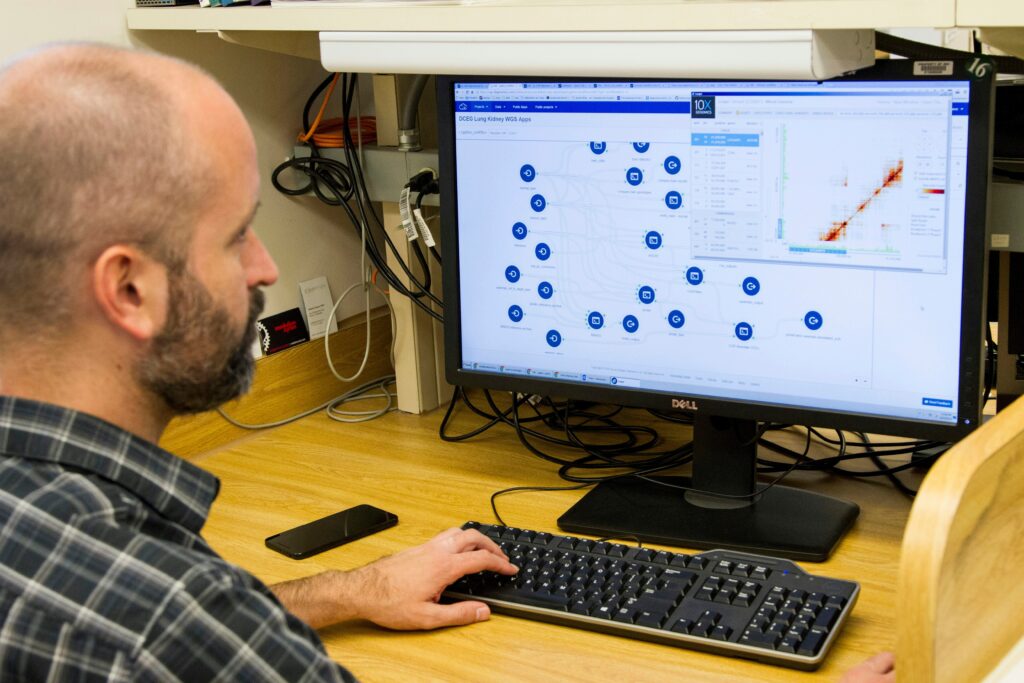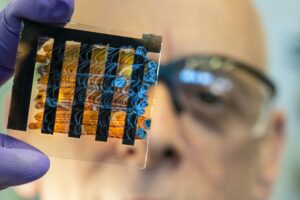
RIVERSIDE, Calif. — Crimean-Congo hemorrhagic fever (CCHF) is one of the world’s most dangerous yet overlooked infectious diseases. Spread by ticks and livestock, this virus can cause sudden fever, organ failure, and internal bleeding, with a mortality rate of up to 40%. Outbreaks have been reported across Africa, Asia, Eastern Europe, and the Middle East. Despite decades of research, no approved vaccines or treatments have been available—until now.
A recent mouse study published in the journal npj Vaccines brings fresh optimism. A research team, including biomedical scientist Scott Pegan from the University of California, Riverside, has developed a vaccine using a non-infectious version of the CCHF virus. This vaccine promises quick protection and long-lasting immunity, marking a significant breakthrough in the fight against this deadly disease.
Innovative Vaccine Design
Previous research by the team demonstrated that this experimental vaccine could protect animals within just three days after a single dose—an unusually rapid response for any vaccine. The new study further reveals that this protection is not only swift but also durable.
The researchers tested the longevity of the immune response in mice after one or two doses. They discovered that antibodies remained detectable for up to 18 months, which is roughly equivalent to several years in humans. Antibody levels were similar between the one- and two-dose groups for about nine months, but animals that received a booster developed stronger, more stable antibodies, offering better and longer-lasting protection.
Challenges in Vaccine Development
According to Pegan, creating a vaccine for CCHF has been notoriously difficult. “CCHF is one of those viruses where you can’t simply use the outer coat proteins to make a vaccine,” said Pegan, a professor of biomedical sciences in the UCR School of Medicine.
Instead, the team took a different route. Their vaccine uses what’s known as a virus-like replicon particle—something that looks and behaves like the real virus but is completely harmless. “Made in the lab, this particle can enter cells like a normal virus, but it doesn’t have the genetic material to replicate,” Pegan explained. “That allows the immune system to respond to the virus-like particle without any risk of infection.”
Strategic Targeting for Rapid Response
What makes this vaccine stand out is the part of the CCHF virus it targets. Pegan explained that most vaccines train the immune system to recognize proteins on the virus’s surface. However, this one focuses on internal proteins, particularly a component called the N protein.
“Our earlier work showed that the N protein, which is usually hidden inside the virus, turns out to be the key to protective immunity,” he said. This unconventional strategy also explains why the vaccine works so quickly. “We were amazed to see antibodies appear within just a few days,” Pegan added. “The rapid response is one reason this platform is succeeding where others haven’t.”
Implications for Outbreak Regions
The new findings on long-term protection add to the growing promise of the CCHF vaccine. A single dose appears strong enough for meaningful protection, while a booster helps maintain steady immunity over time. “That could be crucial for outbreak regions where people might not have easy access to follow-up vaccinations,” Pegan said.
Next, the research team plans to advance toward large-scale production under Good Manufacturing Practice (GMP) standards, a key step before human clinical trials can begin. “We can make the vaccine in the lab right now, but GMP ensures it can be produced safely, consistently, and at scale,” Pegan noted.
Potential for Broader Applications
Beyond CCHF, the same technology could help tackle other dangerous viruses. “Our partners at the Centers for Disease Control and Prevention are already exploring this platform for diseases like Nipah virus,” Pegan said. “It’s a flexible system that could be adapted for a range of emerging pathogens.”
Ultimately, the team believes this vaccine could make a significant difference, especially for communities and health workers in regions where CCHF is endemic. “Having something that can protect quickly and last a long time could save lives and change how we respond to outbreaks,” Pegan emphasized.
Pegan was joined in the study by scientists at the Centers for Disease Control and Prevention (CDC), U.S. Department of Agriculture, and Auburn University in Alabama. The research was supported in part by the CDC and the National Institute of Allergy and Infectious Diseases of the National Institutes of Health. The findings and conclusions do not necessarily represent the official position of the CDC.
The University of California, Riverside, a doctoral research university, serves as a living laboratory for groundbreaking exploration of issues critical to Inland Southern California, the state, and communities worldwide. Reflecting California’s diverse culture, UCR’s enrollment exceeds 26,000 students. The campus opened a medical school in 2013 and has reached the heart of the Coachella Valley through the UCR Palm Desert Center. The campus has an annual impact of more than $2.7 billion on the U.S. economy. To learn more, visit www.ucr.edu.







